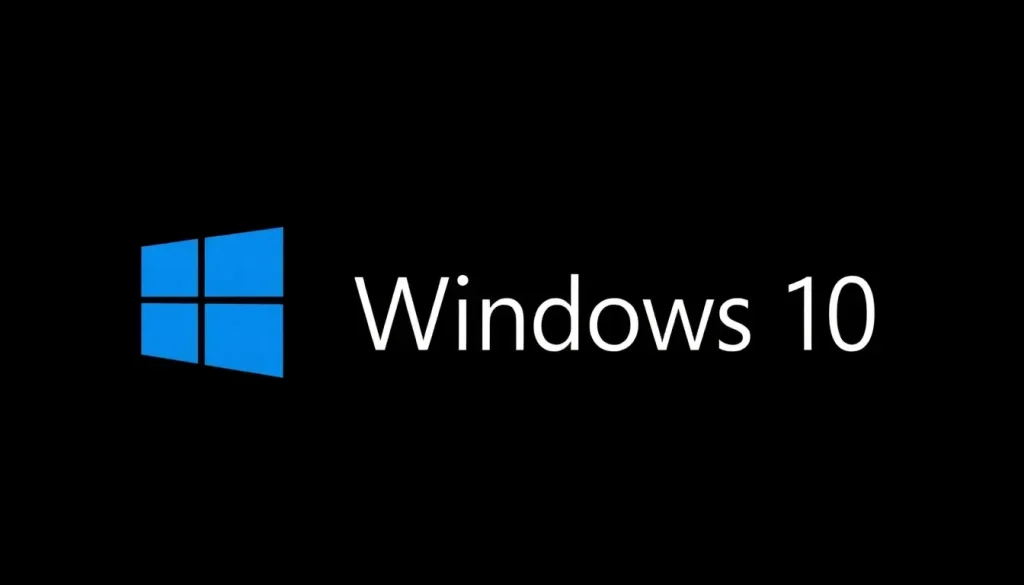Windows 10 Extended Support Updates Issues for Some Users

As Microsoft transitions away from Windows 10, many users are grappling with the implications of these changes. The Extended Security Updates (ESU) program is meant to provide a safety net for those still using the aging operating system. However, recent reports indicate that not everyone is able to access these updates, leading to confusion and frustration among users. This article delves into the intricacies of the ESU program, the challenges users are facing, and the possible solutions.
Understanding Windows 10 Extended Security Updates
The Windows 10 Extended Security Updates (ESU) program was introduced as a way for businesses and organizations to continue receiving security updates even after Microsoft officially ended support for Windows 10 on October 14, 2025. This initiative is critical for users who rely on Windows 10 for their daily operations, especially in business environments where upgrading to newer systems may not be immediately feasible.
With Windows 10 now in its end-of-life (EOL) phase, the ESU program is intended to mitigate risks associated with security vulnerabilities. The updates provided under this program are vital for maintaining the integrity of systems that still depend on Windows 10.
Current issues with Windows 10 ESU enrollment
Despite the intention behind the ESU program, many users have reported difficulties in enrolling. Some have encountered messages indicating that the ESU program is temporarily unavailable in their region, while others receive a generic error message stating, “Something went wrong.”
- Geographical limitations: Some regions are not currently supported by the ESU program, which can lead to frustration for users who are prompted to enroll but receive an error message instead.
- Generic error messages: Users everywhere are facing vague errors that do not provide sufficient information for troubleshooting.
- Organizational restrictions: Some users may find that their devices are part of a corporate infrastructure, which may not qualify for the consumer-level ESU access.
These issues underscore the challenges faced by users in navigating the complexities of the enrollment process for Extended Security Updates.
Geographical restrictions and their implications
The first major issue affecting users is geographical restrictions. Microsoft has rolled out the ESU program in stages, leading to varying availability based on location. Specifically, users in unsupported regions receive messages that clearly indicate their systems are out of support and prompt them to either enroll in ESU or consider upgrading to Windows 11.
This situation can be frustrating, especially when the “Enrol now” button leads to an error message with no clear timeframe for when the service might become available. The lack of communication from Microsoft regarding these limitations can leave users feeling abandoned.
Common error messages and troubleshooting steps
Another prevalent issue involves users encountering errors while attempting to enroll in the ESU program, regardless of their geographical location. The error message, “Something went wrong. We can’t enrol you in Extended Security Updates right now,” often appears without any specific details about the cause.
To address this, users can consider the following troubleshooting steps:
- Verify eligibility: Ensure that your system is eligible for consumer Extended Security Updates and not part of an enterprise setup.
- Check region-specific availability: Confirm if ESU is supported in your region by consulting the official Microsoft documentation.
- Consider business ESU options: If your device is managed by an organization, investigate whether you need to purchase the business ESU variant.
By following these steps, users can potentially resolve their issues and complete the enrollment process.
Communication from Microsoft
In addressing these issues, Microsoft has acknowledged that the enrollment experience for the ESU program may differ by region based on local market factors. Recently, the company noted that changes made in the European market could also contribute to delays in the enrollment process.
This lack of clarity can be frustrating for users who are eager to secure their systems against potential threats. As the situation evolves, it is crucial for users to stay informed about any updates or changes to the ESU program.
Alternatives to Windows 10 ESU
For users unable to enroll in the ESU program, there are alternative paths to consider. While waiting for Microsoft to address the enrollment issues may be the simplest solution, users can also explore:
- Reinstalling a compatible version: If feasible, reinstalling a version of Windows 10 that supports ESU may provide a temporary solution.
- Upgrading to Windows 11: For those who can afford to upgrade, transitioning to Windows 11 ensures continued support and security updates.
- Exploring third-party solutions: Some users may consider third-party security solutions to protect their systems during this transition period.
Ultimately, the decision will depend on individual circumstances and the urgency of maintaining a secure system.
Staying informed about future developments
As the situation with Windows 10 and the ESU program continues to unfold, it’s essential to stay updated on any changes from Microsoft. Following technology news outlets and Microsoft’s official announcements will help users navigate these challenges effectively.
For more insights and updates, consider following Club386 on Google News.
In light of these ongoing discussions, users facing difficulties with ESU enrollment may find this video helpful:
By staying informed and exploring available options, users can navigate the challenges associated with Windows 10 Extended Security Updates more effectively.




Leave a Reply